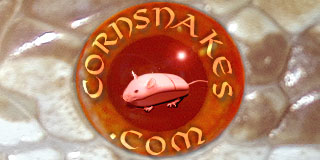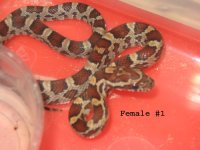CJBianco
Zen Philosopher
Can anyone tell me what makes the Rootbeer Cornsnake?
And a side question: If you were breeding for fun ONLY (meaning not for a single dime of profit), what would be your favorite combo with the Blizzard? Would a Rootbeer be one? Just curious. (Have I asked this before? Gosh! I have such a lousy memory.)
As you all know, I'm looking for interesting females to breed with my Blizzard male next season. I am already buying an Amber female. And I was thinking of a Lavender female, but then considered a Lavender Hypo female instead. (I'm holding off on the Lavender/Lavender Hypo until I can decide between the two.) What other combos would be cool and/or interesting?
I'd love some other opinions.
Thanks Again,
Chris =)
And a side question: If you were breeding for fun ONLY (meaning not for a single dime of profit), what would be your favorite combo with the Blizzard? Would a Rootbeer be one? Just curious. (Have I asked this before? Gosh! I have such a lousy memory.)
As you all know, I'm looking for interesting females to breed with my Blizzard male next season. I am already buying an Amber female. And I was thinking of a Lavender female, but then considered a Lavender Hypo female instead. (I'm holding off on the Lavender/Lavender Hypo until I can decide between the two.) What other combos would be cool and/or interesting?
I'd love some other opinions.
Thanks Again,
Chris =)


